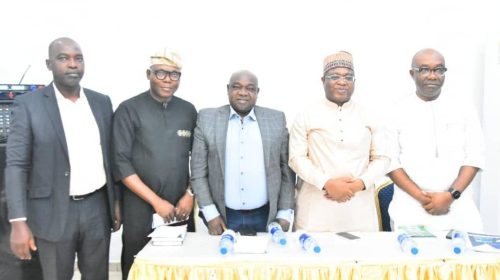Customer Cases: Pioneering 5G for time-critical use cases since 2017

Ericsson has been piloting 5G for time-critical use cases with customers and industry partners such as BT and Hyperbat, Einride and Telia, Boliden, ABB, Audi, Fraunhofer IPT, DT and Rockwell.
Ericsson recently partnered with Deutsche Telekom and Telstra to show the benefits of L4S (Low Latency Low Loss Scalable throughput) technology in reducing lag in an interactive cloud game. L4S is one of the new features in the Time-Critical Communication toolbox. Ericsson has also reached a new milestone with MediaTek by proving that 5G can deliver 1ms consistent low latency with 99.99 percent reliability in both uplink and downlink on mmWave band.
Tomohiro Sekiwa, Managing Executive Officer and Chief Network Officer at SoftBank, says: “We believe that Time-Critical Communication is key to realizing the full potential of 5G. One industry where this solution can play a transformative role is automotive and transportation. With reliable and consistent low latency connectivity, 5G can also vastly improve public health and safety, traffic efficiency, and make transportation more sustainable.”
Channa Seneviratne, Executive, Technology Development & Solutions, at Telstra, says: “We have been working with Ericsson as a technology partner to constantly improve the customer experience via enhanced network capabilities. Time-Critical Communication tools such as L4S will allow us to deliver consistent low latency, which is crucial for applications like real-time video, AR/VR, and cloud gaming.”
JS Pan, General Manager, Wireless Communication System and Partnerships, at MediaTek, says: “Together with Ericsson we have shown what 5G can deliver in terms of consistent low latency and high reliability in both uplink and downlink. This key milestone proves that 5G can enable the most demanding, time-critical applications such as real-time control of industrial automation systems.”
Dave Vasko, Director, Advanced Technology at Rockwell Automation, says: “Time-Critical Communication with 5G can change the industrial automation sector by reducing cables, increasing flexibility and agility, enhancing visibility, and enabling new digital applications with mobility. The ability to deliver consistent low latency with high reliability will be crucial for wirelessly connecting XR, sensors, controllers, and actuators – boosting productivity and efficiency of industrial operations.”
Patrick Filkins, Research Manager, IoT and Telecom Network Infrastructure at IDC, says: “This Ericsson 5G innovation will inject a much-needed boost to both public and private 5G network initiatives. This solution provides the ability to move beyond ‘best-effort’ wireless networking for enterprise and industrial consumption and into ultra-reliable paired with low to ultra-low latency for a broader, tailored approach to Service Level Agreements and Quality of Service. Ericsson is arming the industry with the most advanced 5G feature set to date, on any spectrum – delivering time-critical communication services for various deployment scenarios.”







Leave a Reply